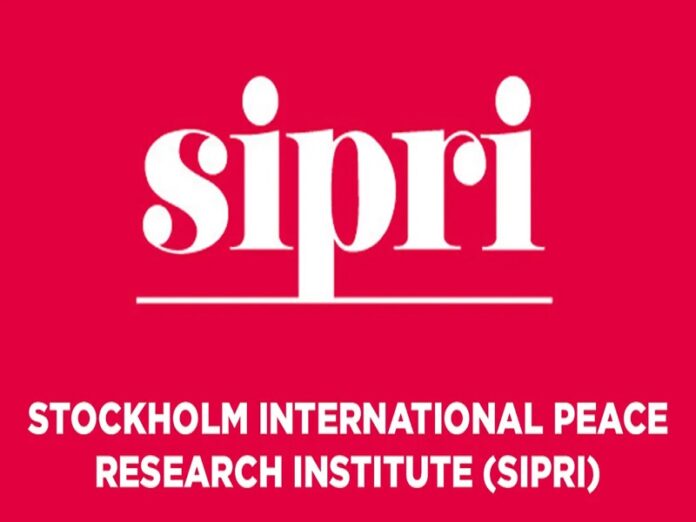The Stockholm International Peace Research Institute (SIPRI), which is regarded as the top authority on the international arms trade, released its latest report about related trends from 2020-2024 last month. Their fact sheet did a nice job pointing out such trends as the 64% drop in Russian arms exports between 2015-2019 and 2020-2024 as well as Qatar more than doubling its arms imports to become the world’s third-largest importer, but there are still five details that evaded most observers:
———-
1. Israel Isn’t Among The US’ Top Ten Arms Recipients
SIPRI casually mentioned that “Israel was the 11th largest recipient of US arms exports in 2020–24 with a share of 3.0 per cent” right after reporting that Saudi Arabia received 12% and Qatar 7.7%. Framed differently, the Saudis received four times as many arms as Israel did and Qatar two and a half times, which challenges popular perceptions of Israel’s role in the US’ military-industrial complex. These facts deserve further reflection, but the conclusions might upset some activists in the Alt-Media Community.
2. The US Is Replicating Russia’s “Military Diplomacy”
Russia is known for practicing a policy of “military diplomacy” whereby it arms friendly pairs of rivals (Armenia-Azerbaijan, China-India, China-Vietnam, etc.) with the intent of maintaining the balance of power between them and thus advancing political solutions to their disputes. The US is now replicating that policy in the Gulf by arming Saudi Arabia and Qatar, which still view each other suspiciously despite their nominal rapprochement, but it’s unclear whether this can help keep the peace between them.
3. Italy Relied On The Mideast To Double Its Exports
Italy surprised everyone by more than doubling its arms exports to become the world’s sixth-largest supplier upon carving out a comfortable niche for itself in the Mideast. Qatar (28%), Egypt (18%), and Kuwait (18%) collectively constitute almost 2/3 of its sales over the past half-decade and little less than a quarter (24%) of Turkiye’s arms imports came from Italy during this time too. Italy also now has more “other armoured vehicles” on order or preselected for future sales than any of its competitors too.
4. Poland’s Arms Transfers To Ukraine Were Donations
SIPRI lists Poland as the world’s 13th-larget arms exporter during this period due to it transferring over 40x more equipment than during the last one, 96% of which was to Ukraine, but they omitted to mention that these were all donations. According to its outgoing president’s official website, Poland gave more tanks, infantry fighting vehicles, and aircraft to Ukraine than anyone else. Since they were all transferred pro bono, however, that should have been explicitly mentioned in SIPRI’s report.
5. The Chinese-Serbian Arms Trade Deserves Attention
One of the most intriguing trends from SIPRI’s report is that China’s second-largest arms market is Serbia at 6.8% of its exports, which comprised 57% of Serbia’s imports, nearly three times as many as from Russia (20%). This proves that Serbia’s pro-Western military pivot, which was analyzed here in January after its Chief of General Staff admitted that sanctions led to lost Russian arms contracts, is milder than thought. Evidently, Serbia envisages balancing between China and the EU, which is a unique policy.
———-
The abovementioned five details are nowhere near as significant as the top takeaways that from SIPRI’s fact sheet, but they’re nevertheless still important enough that observers should be aware of them and then monitor how they might develop. The US’ Russian-inspired “military diplomacy” in the Gulf and Italy’s unexpected rise as a major Mideast arms dealer are the main ones to pay attention to if observers are pressed to choose since they could have a much greater geopolitical impact than the other three.
